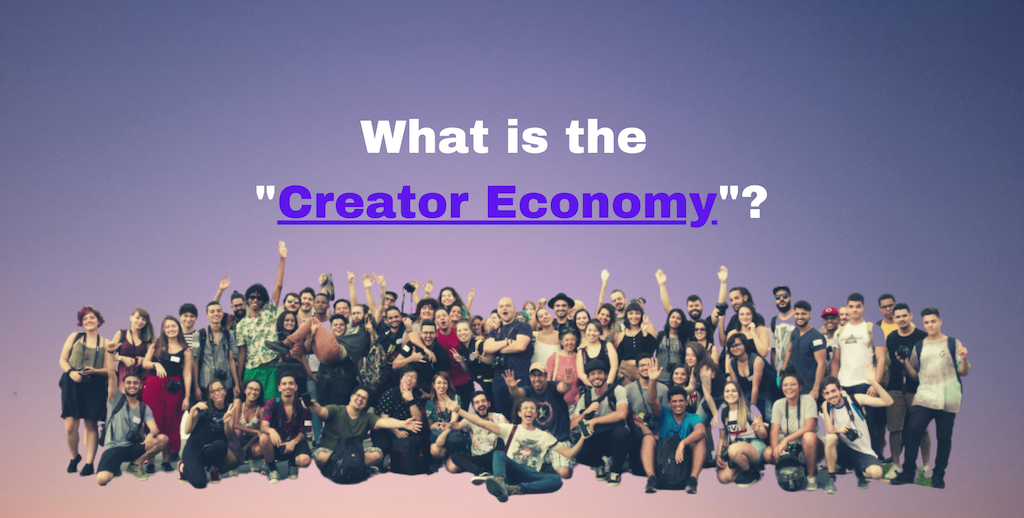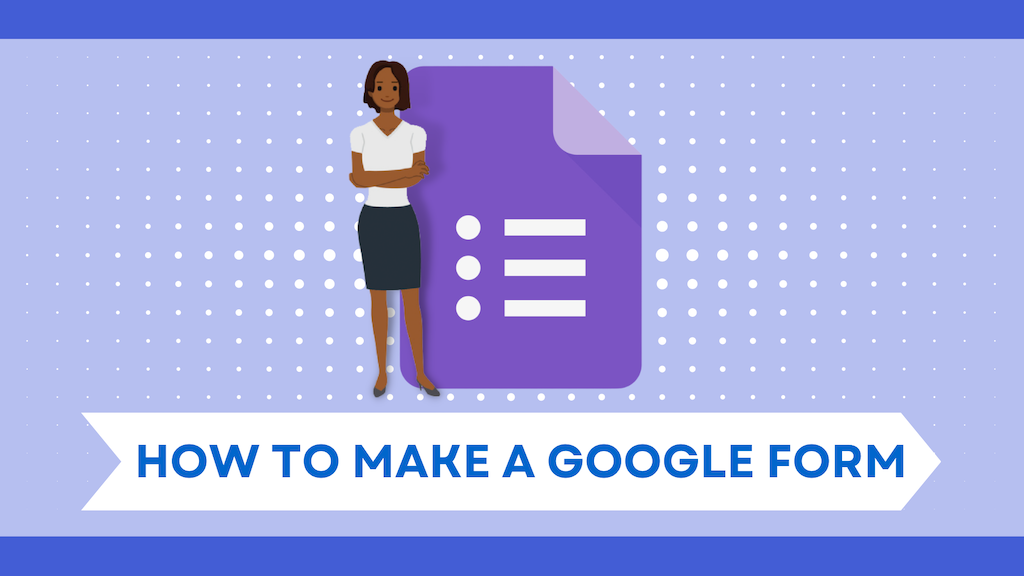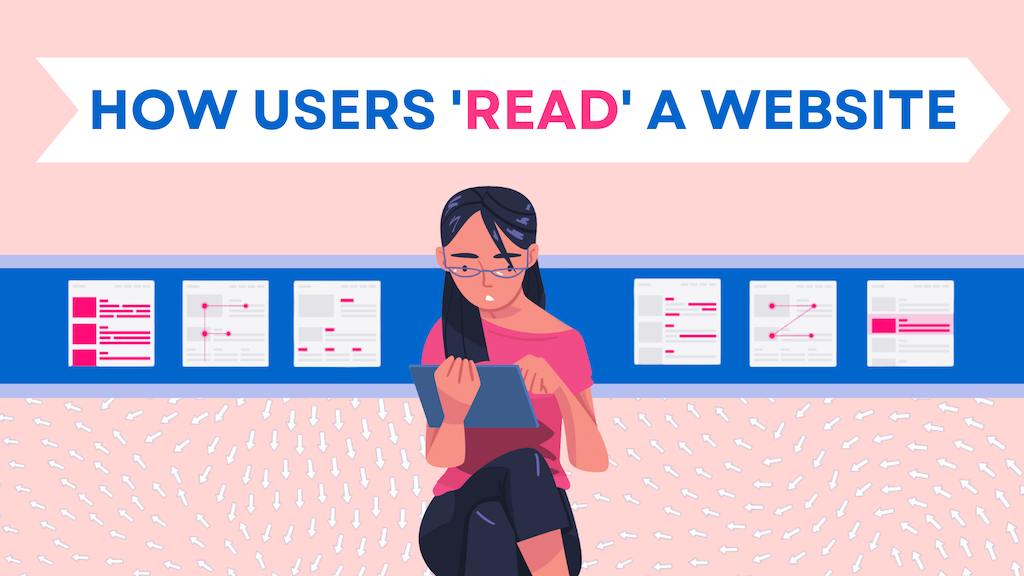What is the “Creator Economy”?
Some of us at one point or another have heard someone throw around the term “Creator Economy” but what exactly is that?
The Creator Economy is made up of millions of businesses set up by independent content creators and curators who leverage social media and other software platforms.
They can attract their target audience and begin to earn revenue through monetisation tools on their chosen platform(s).
The revenue made from these businesses is what makes the ‘Creator Economy’.
HISTORY OF THE CREATOR ECONOMY
Just a century ago we were living in an ‘Industrial Economy’ where the majority of the people earned their living through physical labor in particular manufacturing and agriculture.
However during the 1950’s after WWII and the Great Depression, the world shifted into a ‘Consumer Economy’, both men and women in the workforce were progressively moving toward more ‘service based’ roles.
The dual income for some families and couples also meant that there was more money in each household, after trade had become more globalised, there was a much larger selection of products on offer.
These newest products from abroad were repeatedly shown in traditional media and increasingly on television, prompting people to “Keep Up with the Joneses” and spend more of their hard earned money.
After the 1950’s, leaps and bounds were made in the technological fields, we assembled the first super computers, the internet (not as we know it today), television, phones etc.
As we advanced, technology automated many ‘traditional’ jobs and became the catalyst to switch to ‘Knowledge Economy’.
The ‘Knowledge Economy’ reached its high point on JANUARY 1, 1983. The official birth of the Internet.
Web 1.0 was The first stage of the World Wide Web’s evolution, storing and consolidating information was its main value, with users only able to view content in a ‘passive’ way.
Web 2.0 the second iteration of the World Wide Web, once its potential was realized, it opened more opportunities for people to express themselves online. There was an emphasis on user-generated content, ease of use and ‘participation culture’.
It was this shift where the ‘Creator Economy’ got its start, people in creative fields (e.g. bloggers, artists, designers, writers, musicians and videographers) could connect, share and monetise skills, hobbies and interests.
These creators, facilitated through software platforms including Instagram, Youtube, Facebook, Spotify, Patreon and OnlyFans, attract their niche audience, in turn allowing creators to earn revenue from their creations through monetisation finance tools.
We have now moved onto Web 3.0 a.k.a Web3 which integrates concepts including decentralisation, blockchain technology and token-based economics. Some speculate that Web3 will move toward increased data security, privacy to push back against the strong influence of “Big Tech”.
So to recap in basic terms:
Millions of content creators leverage popular software platforms to share their skills and hobbies with their target audience to earn revenue through monetisation tools on those platforms, whose combined total earning make up the “Creator Economy”.
For a more in depth look into this topic I highly recommend reading this article by Influencer Hub.
They talk about other related topics that include practical advice and tips, how Content Creators can make money, how to build an Audience and the Role of Social Media in the Creator Economy.



